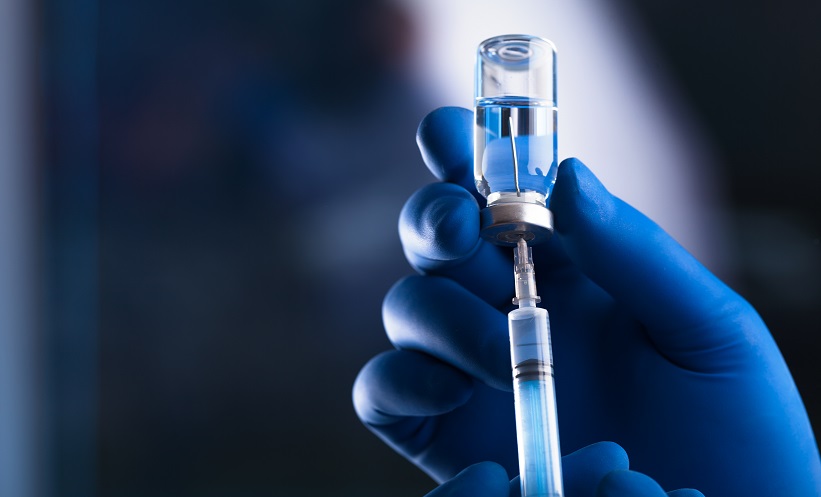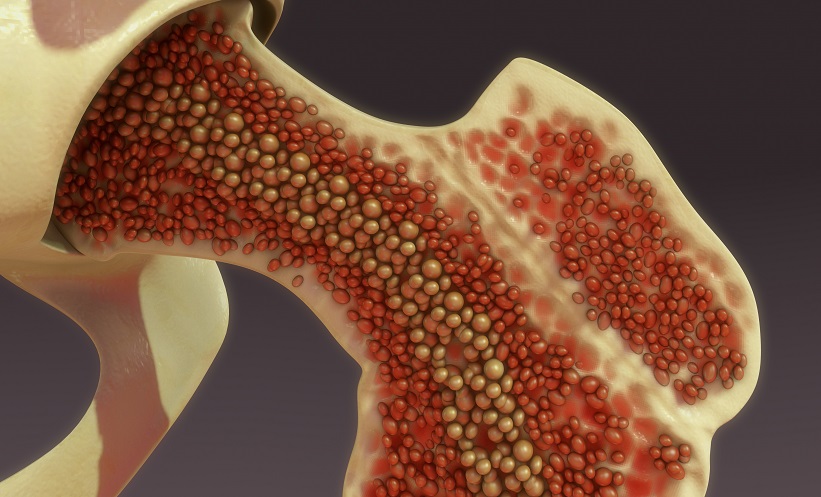Recent evidence suggests that the adjuvanted RSVPreF3 OA vaccine may offer stronger protection for immunocompromised individuals, a group highly susceptible to severe respiratory syncytial virus (RSV) infection. The findings emphasise the importance of enhancing vaccine responses in patients who face elevated risks of hospitalisation and mortality from RSV-related lower respiratory tract disease.
RSV and the Need for Better Protection
RSV remains a significant public health challenge, particularly among young children, older adults, and people with compromised immune systems. Two recently developed prefusion F protein-based vaccines, RSVPreF3 OA and RSVpreF, have demonstrated efficacy in preventing RSV infection in adults aged 60 years and older. These vaccines target the virus’s prefusion F glycoprotein, a critical structure for viral entry, marking a major step forward in RSV prevention.
However, as therapeutic advances expand the number of immunocompromised patients, data on vaccine safety and immune response in this group have been limited, leaving clinicians uncertain about protection levels for the most vulnerable.
Promising New Findings for High-Risk Groups
In a small study involving 38 immunocompromised adults, the adjuvanted RSVPreF3 OA vaccine induced higher neutralising antibody responses compared with the non-adjuvanted RSVpreF vaccine. This suggests that the adjuvanted formulation could deliver enhanced immunogenicity, supporting stronger protective immunity.
For recipients of allogeneic haematopoietic cell transplants (allo-HCT)—individuals facing particularly high mortality rates from RSV infection—the study underscores the urgent need for more comprehensive research into vaccine efficacy, safety, and breakthrough infection rates.
As RSV vaccines continue to progress, experts call for larger-scale trials to confirm these findings and guide vaccination strategies for immunocompromised populations.
Reference
Lötscher J et al. Respiratory syncytial virus vaccination in adult allogeneic hematopoietic cell transplant recipients. JAMA. 2025:e2516744; doi: 10.1001/jama.2025.16744.








